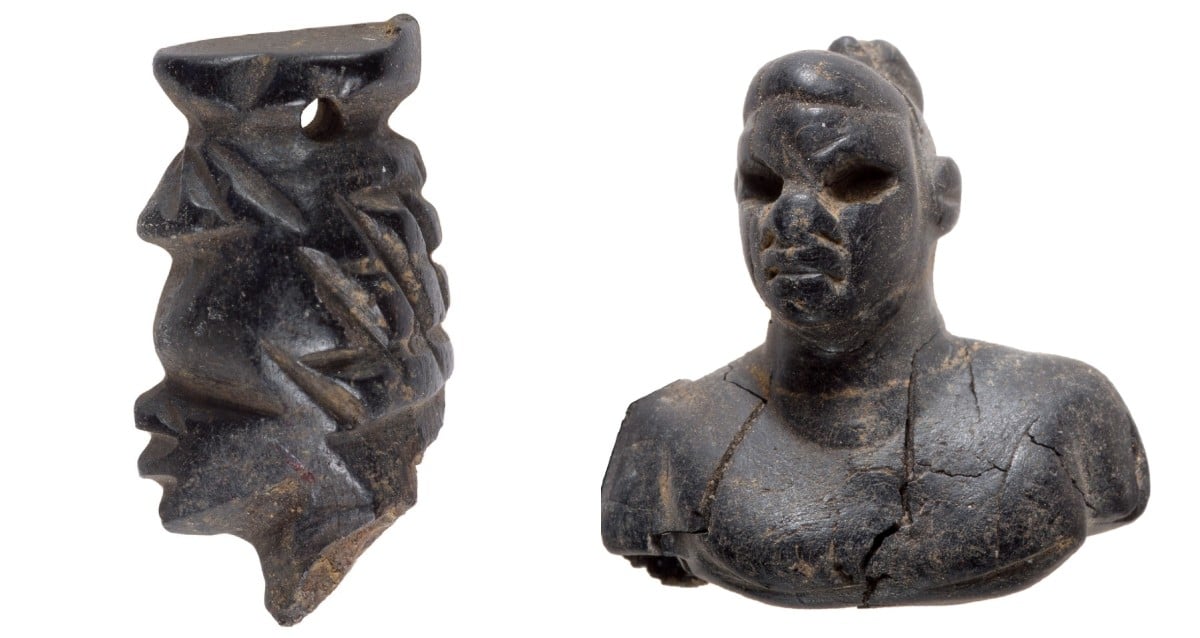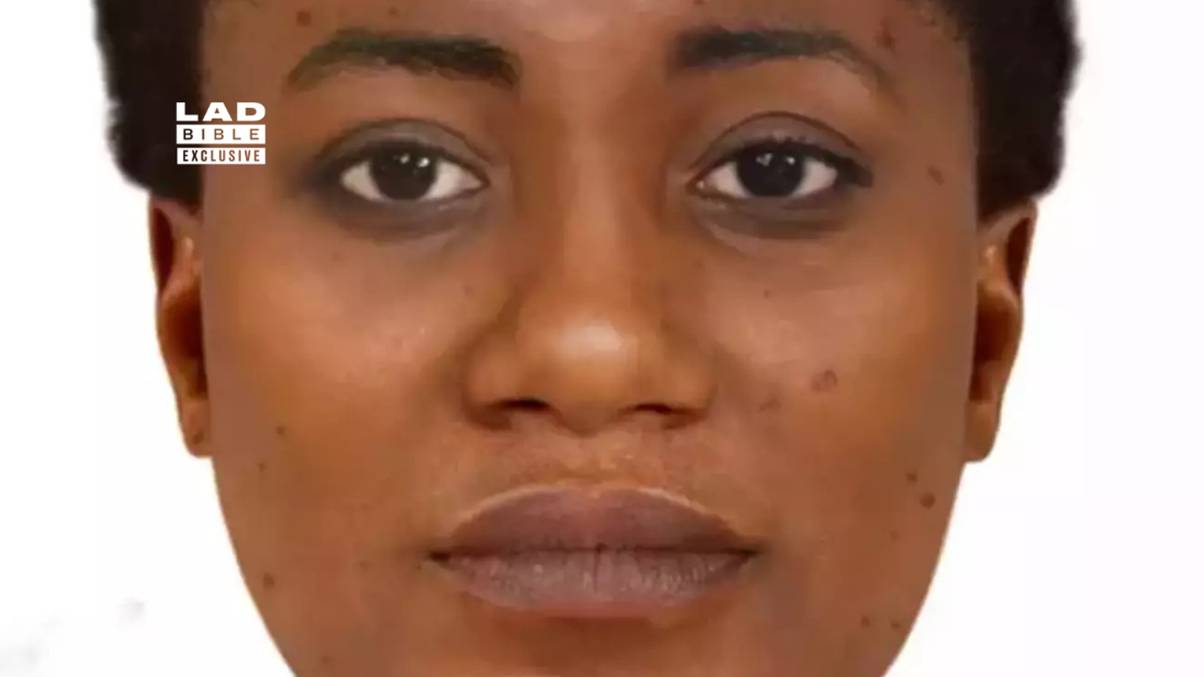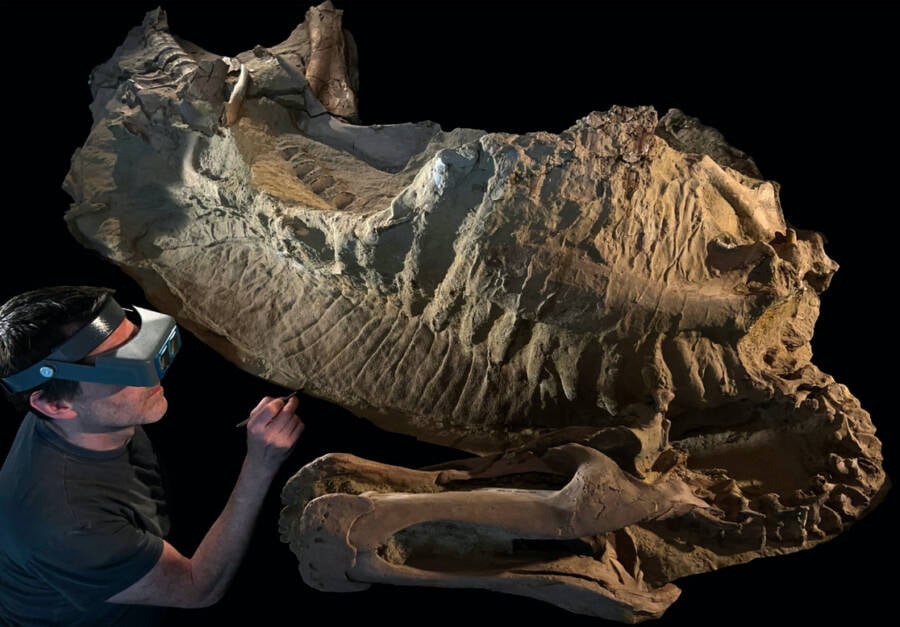Unearthed in Israel’s Negev: Mysterious 1,500-Year-Old African Figurines Challenge History’s Secrets
Imagine unearthing 1,500-year-old graves in Israel’s Negev Desert only to find tiny figurines carved from priceless ebony, sporting unmistakable African facial features—and realizing these weren’t merely decorative tchotchkes, but intimate pendants worn close to the heart. What on earth were African-faced ebony carvings doing buried alongside Christian remains in a land so far from ebony’s tropical origins? It’s like finding a slice of Bollywood in your grandma’s attic—unexpected, puzzling, and downright intriguing. These figurines open a fascinating window into ancient global crossroads where identities, faiths, and traditions intermingled, reminding us that people have always been wanderers weaving their stories across continents. Intrigued yet? Let’s dive into how these rare artifacts challenge what we thought we knew about trade, migration, and cultural exchange in the Byzantine era. LEARN MORE
Made from valuable ebony and carved with “African facial features,” the figurines found in graves in Israel seem to have been worn as pendants around the sixth or seventh century C.E.
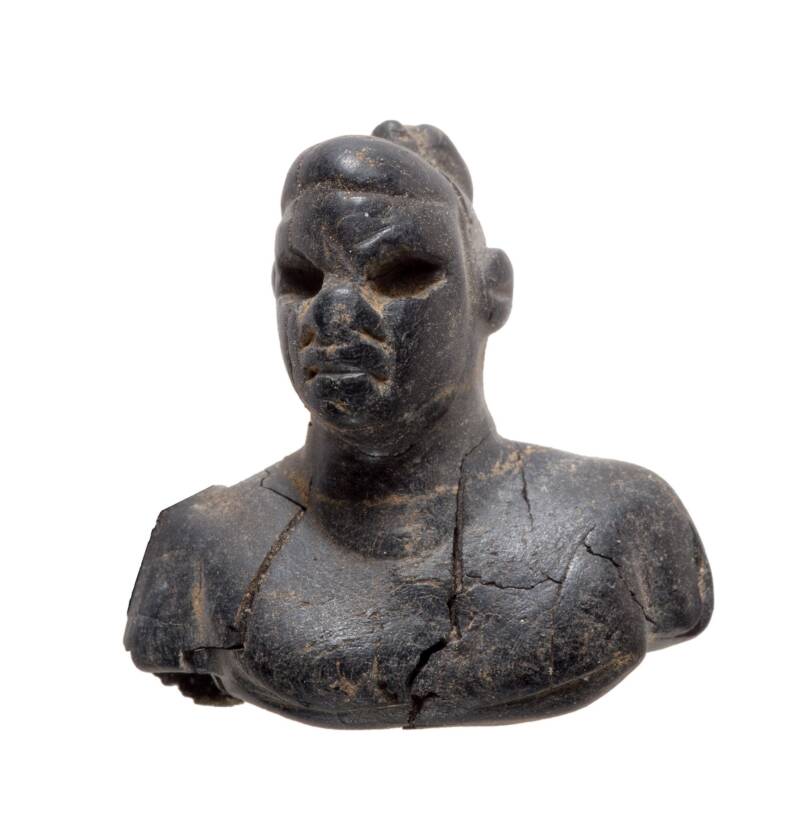
Dafna Gazit/Israel Antiquities AuthorityOne of the figurines found in the Negev Desert in Israel.
During excavations at the archaeological site of Tel Malḥata in Israel’s Negev Desert, archaeologists came upon a perplexing discovery within 1,500-year-old graves. The graves, which appeared to be Christian burials, contained figurines with African features that had been carved from ebony wood.
The discovery has raised multiple questions about where the carvings were originally made and where the people buried in the graves came from. What’s sure is that they fit into the larger history of Tel Malḥata, an ancient settlement now tucked in the perimeter of the Nevatim air base.
The African Figurines Found At Tel Malhata
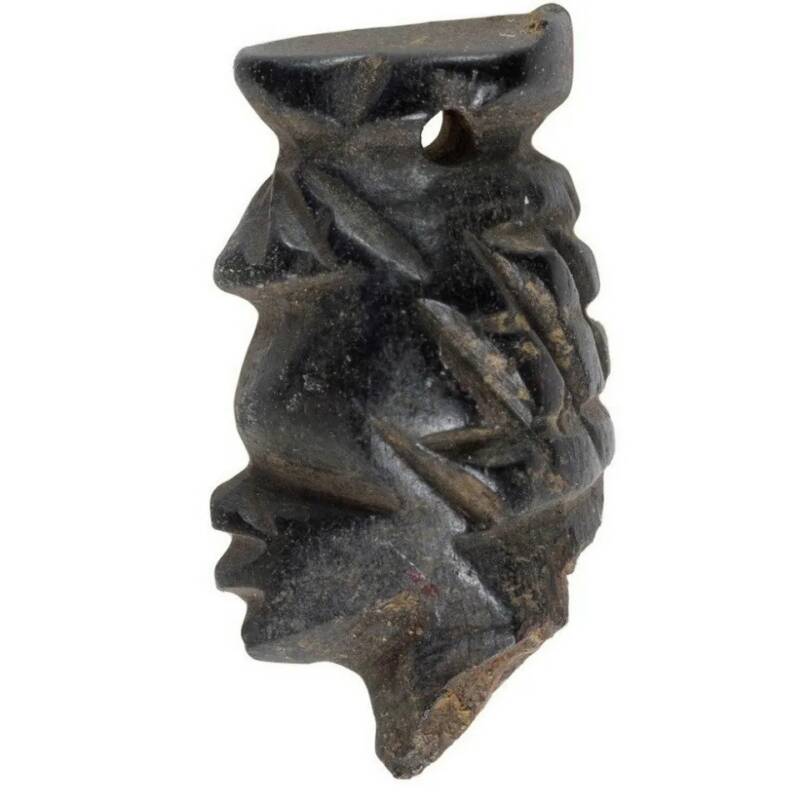
Dafna Gazit/Israel Antiquities AuthorityOne of the African figurines made of ebony.
According to a Facebook post from the Israel Antiquities Authority (IAA), the figurines were unearthed during an archaeological dig at Tel Malḥata in the Negev Desert’s Arad Valley. Within the 1,500-year-old tombs of two women and a child, the archaeologists found five figurines. Three were made from bone, which is common for the region. But two were made of ebony and seemed to have distinctly African features.
“Carved from bone, and from ebony wood — a rare raw material originating from southern India and Sri Lanka — the figurines were designed in the form of women and men bearing prominent African facial features, and with a hole for the purpose of wearing them around the neck,” the researchers explained in a study about the figurines, published in IAA’s journal ‘Atiqot. “It seems their purpose was not only decorative — but also as intimate personal items carrying with them a story of identity, tradition and memory.”
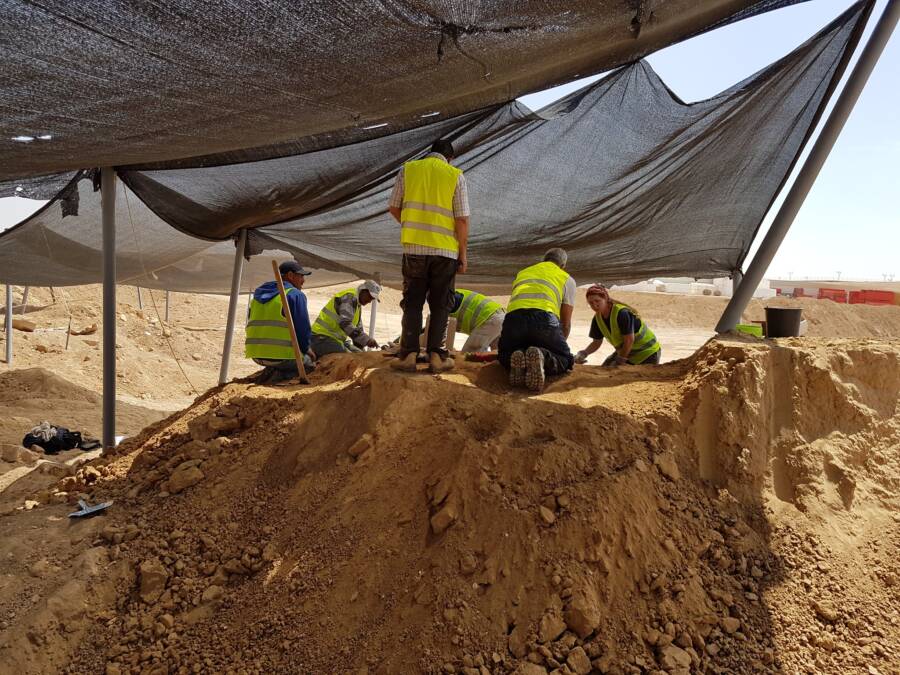
Svetlana Talis/Israel Antiquities AuthorityArchaeologists at the excavation site in the Negev Desert.
One of the ebony figures depicts a female head and torso; the other depicts a man’s head. Archaeologists also found other objects in the graves, including glassware, stone, and alabaster jewelry, as well as bronze bracelets. The graves, which are seemingly Christian burials, appear to date to between the sixth and seventh centuries C.E., though the figurines could be older.
Indeed, archaeologists have a number of questions about the artifacts, which have been dubbed “unique” and “very rare.”
Ongoing Questions About The Tel Malhata Burials
How did figurines with African features made of Asian ebony make their way to burials in Israel? Archaeologists aren’t 100 percent sure, but they have some guesses about the figurines’ journeys.
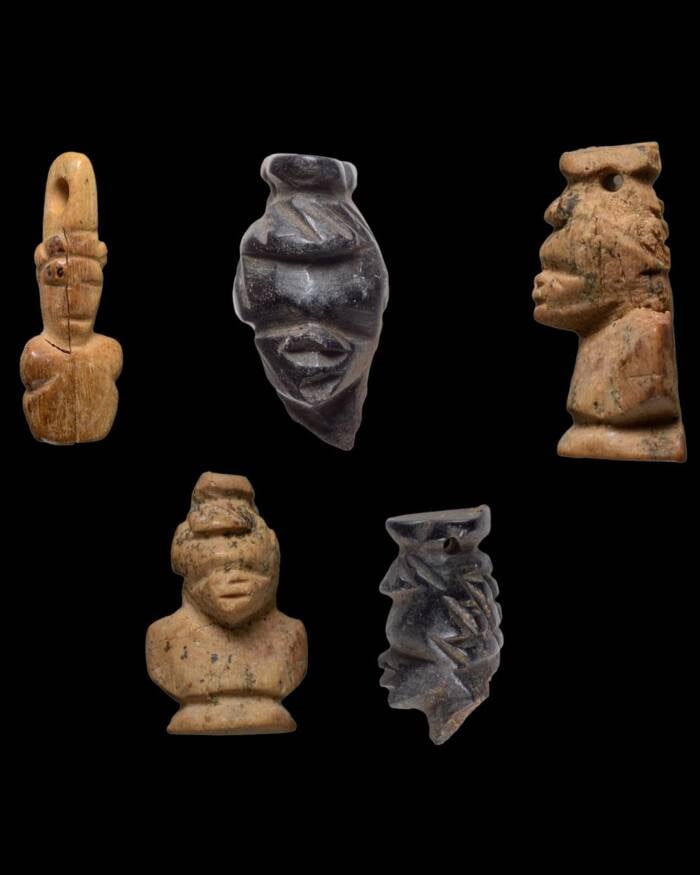
Dafna Gazit/Israel Antiquities AuthorityThree of the figurines that were found at the site of the 1,500-year-old burials, three of which were bone and two of which were carved from ebony.
It’s certainly possible that the figurines were carved in Africa, Tel Malhata, or Asia, all of which, thanks to trade between Asia and the Byzantine world, might have had access to ebony. But researchers suspect that the people buried with the figurines either came from Africa or descended from African Christians who had previously immigrated to Israel.
“The figurines show that a Christian community lived in the south of the country about 1,500 years ago, possibly with some of its members coming from Africa,” the researchers noted. “It is possible that the figures represent ancestors, and thus they reflect traditions passed down from generation to generation — even after the adoption of the Christian religion.”
The people in the graves may have come from Ethiopia, where Christianity had rapidly grown in the sixth century under Emperor Justin I (518 to 527 C.E.). Ethiopians were known to travel widely in the ancient world, and it’s possible that they made their way to Tel Malḥata and settled among fellow Christians.
At the time, according to the IAA, Tel Malḥata was a “major crossroads.” It linked the Red Sea with Judea and Jerusalem and the Mediterranean to the Arabian Peninsula and Asia. During the Roman-Byzantine period, merchants from Arabia, India, and Africa would have passed through. Christian Ethiopians may have followed this tide of humanity to southern Israel.
